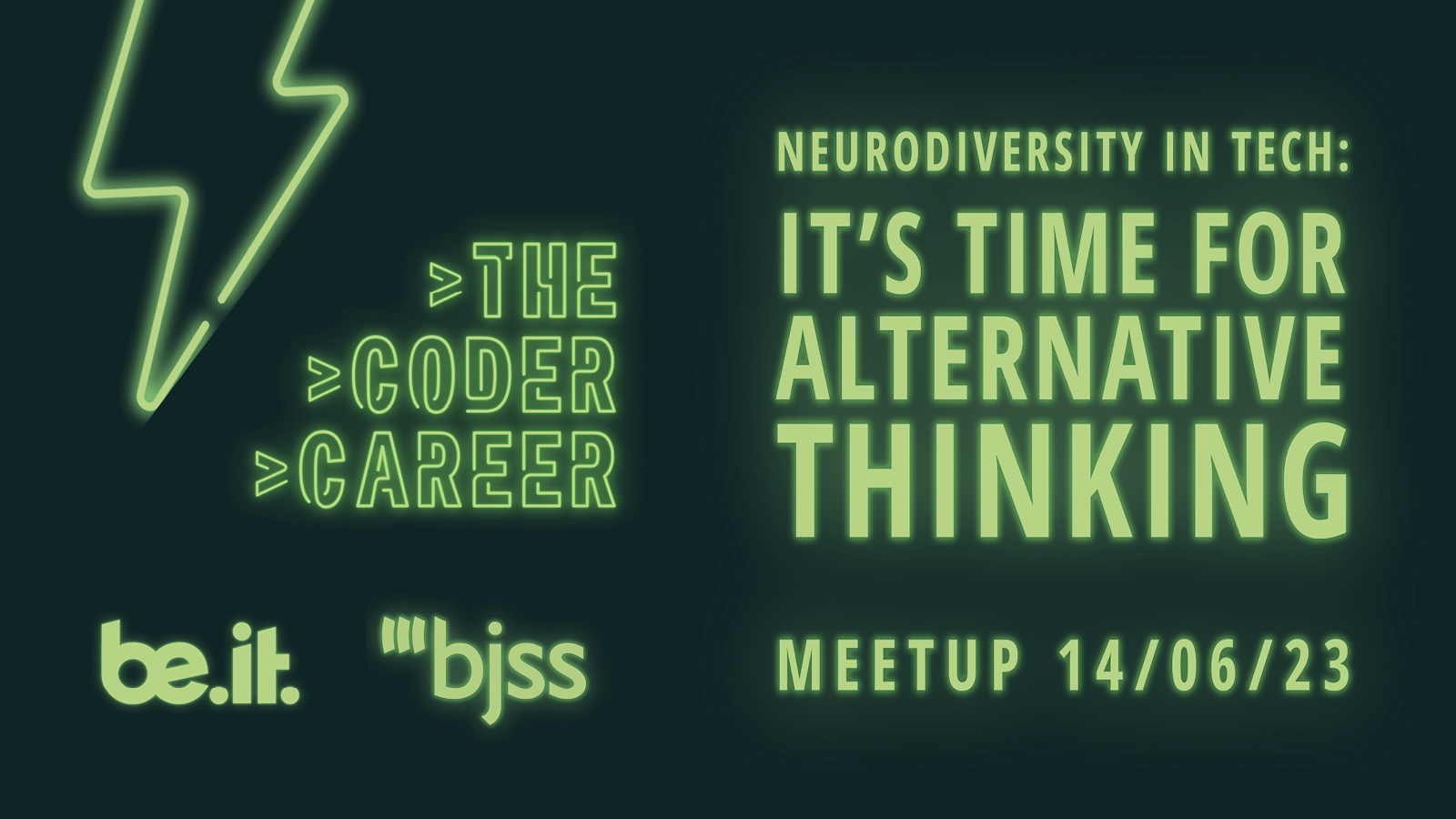

The concept of ‘neurodiversity’ has entered the mainstream, but our understanding of it is far from comprehensive. For employers, is it an opportunity or an obligation? (In case you hadn’t already guessed – it’s both.) And, for those of us focused on recruitment, how do we enable a neurodiverse workforce?
In his book, The Power of Neurodiversity, Thomas Armstrong writes that, “We need to admit that there is no standard brain”. While many of us might fall into a ‘neurotypical’ category, the CIPD says neurodiversity “refers to the infinite range of differences in individual human brain function and behavioural traits.”
In a scientific sense, this is akin to biodiversity – the naturally occurring range of difference. But in the business context, it’s a part of the DE&I conversation focusing on people who think differently. As the CIPD says, this includes: “alternative thinking styles, such as dyslexia, autism, ADHD or dyspraxia.”
Lots of people might read those words and see a list of disabilities. It’s how neurodivergent people have been considered and treated. It’s time for different thinking.
First of all, if you want your business to be truly inclusive, that needs to include the neurodivergent – a significant portion of the population. We can’t pick and choose which part of ED&I applies to us.
Secondly, in the workplace, those different thinking styles can come with “unique strengths, such as an ability to spot patterns and trends, a capacity to process information at extraordinary speed, and with data-driven thinking...” (again, according to the CIPD). The UK government’s advice makes the same point, listing “clear benefits and competitive advantages” including creativity, lateral thinking, strategic analysis and more.
If you manage a tech team or (like me) hire tech talent, this should all be grabbing your attention with both hands. Because a neurodiverse workforce is one loaded with the skills our sector values most.
According to a recent piece from neurodiversity campaigner, Prof. Amanda Kirby, “Many people with neurodivergent spiky profiles have skills that many organisations need but may not get to the interview or are excluded by a range of actions that mean they find it hard to get into or stay in the workplace.”
We live in a world built around the needs of the neurotypical. If we’re going to open the doors, we need to change things. The usual recruitment tools and processes – interviews and tests – might be standing in the way of some future stars of your team. Likewise, the things we might consider part of a standard working environment could be holding those stars back, making their work difficult or even scaring them away.
So, what changes can we make? How do we remove these barriers? What does it take to get to the win-win of a neurodiverse workforce? I don’t have the answers – yet.
That’s why we’re bringing together some brilliant minds to discuss inclusive hiring in technology and championing neurodiversity in the industry. And we get to do it all over a slice of pizza, at the Coder Career Meetup, hosted by our friends BJSS.
It’s a great chance to meet coders, hear from industry leaders and figure out what the future of our sector looks like.

Whether you’re looking to hire for your team or you’re looking for higher rewards in your career, knowledge is power. And we’re here to give it to you. The results of our annual tech sector survey are out now – with our 2025 Salary Benchmark and accompanying Career Trends Report. To get your hands on both, we just need a few details...

